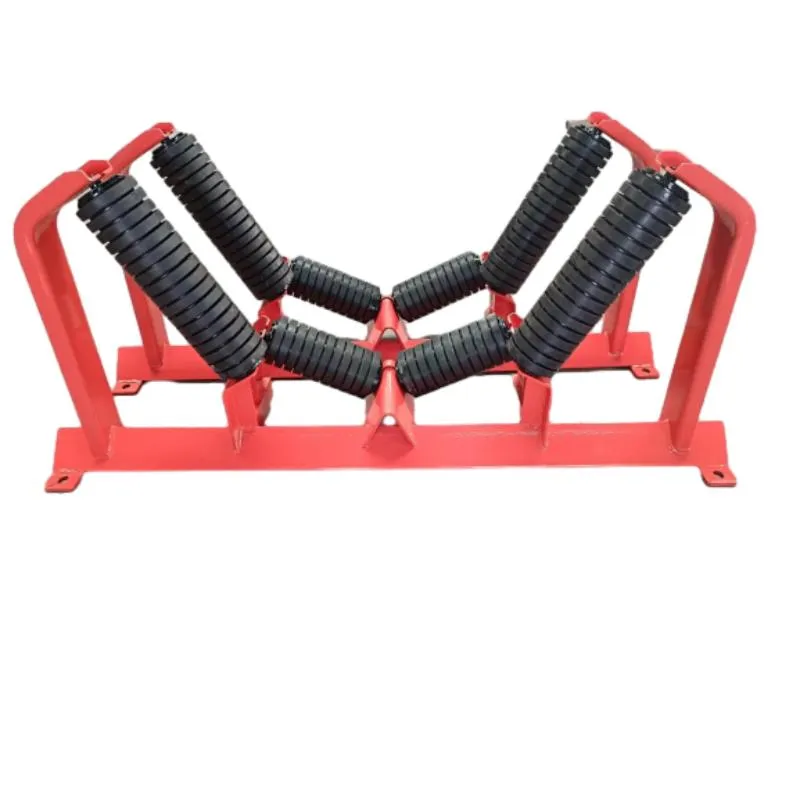 Afrikaans
Afrikaans  Albanian
Albanian  Amharic
Amharic  Arabic
Arabic  Armenian
Armenian  Azerbaijani
Azerbaijani  Basque
Basque  Belarusian
Belarusian  Bengali
Bengali  Bosnian
Bosnian  Bulgarian
Bulgarian  Catalan
Catalan  Cebuano
Cebuano  Corsican
Corsican  Croatian
Croatian  Czech
Czech  Danish
Danish  Dutch
Dutch  English
English  Esperanto
Esperanto  Estonian
Estonian  Finnish
Finnish  French
French  Frisian
Frisian  Galician
Galician  Georgian
Georgian  German
German  Greek
Greek  Gujarati
Gujarati  Haitian Creole
Haitian Creole  hausa
hausa  hawaiian
hawaiian  Hebrew
Hebrew  Hindi
Hindi  Miao
Miao  Hungarian
Hungarian  Icelandic
Icelandic  igbo
igbo  Indonesian
Indonesian  irish
irish  Italian
Italian  Japanese
Japanese  Javanese
Javanese  Kannada
Kannada  kazakh
kazakh  Khmer
Khmer  Rwandese
Rwandese  Korean
Korean  Kurdish
Kurdish  Kyrgyz
Kyrgyz  Lao
Lao  Latin
Latin  Latvian
Latvian  Lithuanian
Lithuanian  Luxembourgish
Luxembourgish  Macedonian
Macedonian  Malgashi
Malgashi  Malay
Malay  Malayalam
Malayalam  Maltese
Maltese  Maori
Maori  Marathi
Marathi  Mongolian
Mongolian  Myanmar
Myanmar  Nepali
Nepali  Norwegian
Norwegian  Norwegian
Norwegian  Occitan
Occitan  Pashto
Pashto  Persian
Persian  Polish
Polish  Portuguese
Portuguese  Punjabi
Punjabi  Romanian
Romanian  Russian
Russian  Samoan
Samoan  Scottish Gaelic
Scottish Gaelic  Serbian
Serbian  Sesotho
Sesotho  Shona
Shona  Sindhi
Sindhi  Sinhala
Sinhala  Slovak
Slovak  Slovenian
Slovenian  Somali
Somali  Spanish
Spanish  Sundanese
Sundanese  Swahili
Swahili  Swedish
Swedish  Tagalog
Tagalog  Tajik
Tajik  Tamil
Tamil  Tatar
Tatar  Telugu
Telugu  Thai
Thai  Turkish
Turkish  Turkmen
Turkmen  Ukrainian
Ukrainian  Urdu
Urdu  Uighur
Uighur  Uzbek
Uzbek  Vietnamese
Vietnamese  Welsh
Welsh  Bantu
Bantu  Yiddish
Yiddish  Yoruba
Yoruba  Zulu
Zulu carrying roller
The Importance of Carrying Rollers in Conveyor Systems
In the modern industrial landscape, the efficiency of material handling plays a crucial role in determining productivity and operational success. One of the integral components of material handling systems is the carrying roller. Carrying rollers are fundamental elements in conveyor systems, designed to support the weight of the materials being transported. Their design, functionality, and maintenance significantly influence the performance of conveyor systems across various industries.
Functionality of Carrying Rollers
Carrying rollers serve several critical functions in conveyor systems. Primarily, they provide a surface for the conveyor belt to rest upon, ensuring that the belt can move freely along its designated path. A properly functioning carrying roller minimizes friction, which is essential for reducing wear and tear on the conveyor system. The ratio of friction affects both energy consumption and the lifespan of the equipment. In high-capacity conveyor systems, the role of carrying rollers becomes even more pronounced, as they have to support heavier loads without compromising performance.
Another essential function of carrying rollers is to maintain the alignment of the conveyor belt. Misalignment can lead to severe operational issues, including belt slippage and uneven wear. Carrying rollers, especially those designed with slight adjustments, can help in guiding the belt, ensuring that it remains centered during its operation. This helps to maintain efficiency and prevent costly downtimes caused by mechanical failures.
Design Considerations
The design of carrying rollers varies significantly based on the application and environment in which they are used. Factors such as load capacity, material type, and installation location all influence the choice of carrying roller. Typically, carrying rollers are made from durable materials such as steel or polymer composites to withstand the harsh conditions often found in industrial settings.
carrying roller

Additionally, carrying rollers can be classified into several types, including plain, crowned, and tapered rollers. Plain rollers are often used for straightforward applications, while crowned rollers help to keep the belt centered due to their curved surface. Tapered rollers, on the other hand, are designed to facilitate the movement of the conveyor belt, especially in applications where maneuverability is key.
Maintenance and Longevity
Proper maintenance of carrying rollers is crucial for extending their lifespan and ensuring the efficiency of the entire conveyor system. Regular inspections should be conducted to check for wear, alignment, and lubrication needs. Lubrication is vital as it reduces friction and prevents overheating, which can lead to premature failures. Many modern rollers feature sealed bearings that require less maintenance but still benefit from periodic checks.
Failure to maintain carrying rollers can lead to frequent breakdowns and operational halts, which not only affect productivity but can also cause additional costs in repairs and replacements. Implementing a proactive maintenance schedule can mitigate these risks and ensure that the conveyor systems operate at optimal efficiency.
Conclusion
In conclusion, carrying rollers are essential components of conveyor systems, playing a pivotal role in supporting loads, maintaining belt alignment, and enhancing operational efficiency. With the right design considerations and routine maintenance, these rollers can contribute significantly to the effectiveness of material handling processes in various industries. As industries continue to evolve, the importance of understanding and utilizing high-quality carrying rollers will remain at the forefront of enhancing productivity and operational reliability. By investing in quality carrying rollers and adhering to proper maintenance practices, businesses can achieve smoother operations and a longer lifespan for their conveyor systems.
-
Revolutionizing Conveyor Reliability with Advanced Rubber Lagging PulleysNewsJul.22,2025
-
Powering Precision and Durability with Expert Manufacturers of Conveyor ComponentsNewsJul.22,2025
-
Optimizing Conveyor Systems with Advanced Conveyor AccessoriesNewsJul.22,2025
-
Maximize Conveyor Efficiency with Quality Conveyor Idler PulleysNewsJul.22,2025
-
Future-Proof Your Conveyor System with High-Performance Polyurethane RollerNewsJul.22,2025
-
Driving Efficiency Forward with Quality Idlers and RollersNewsJul.22,2025





























